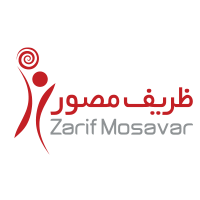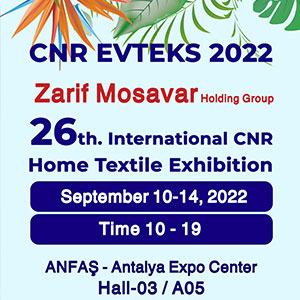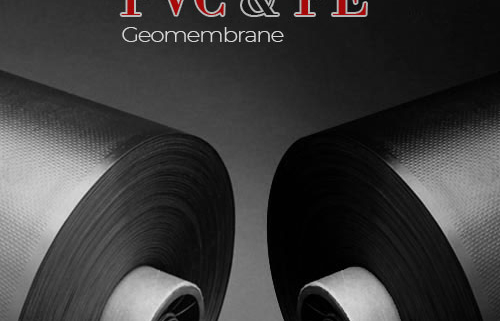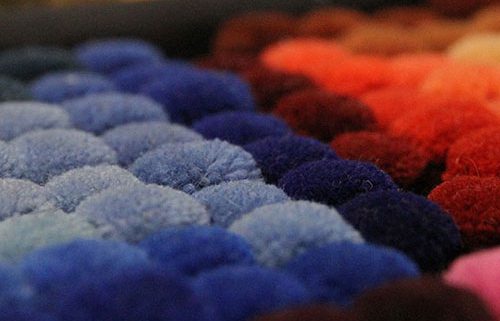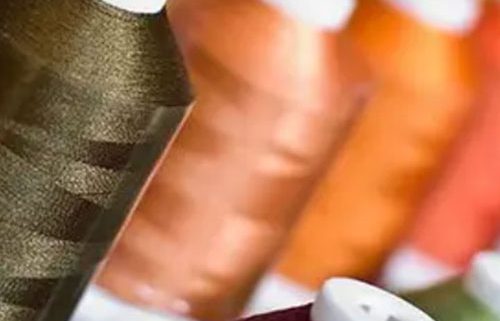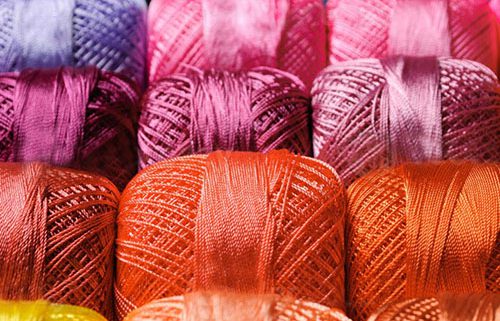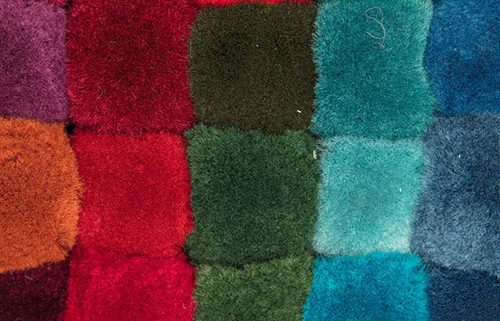Zarif Mosavar industrial group in the CNR EVTEKST 2022
Zarif Mosavar industrial production group with participation in the international exhibition of home textiles CNR EV TEKSTİLİ 2022 in Turkey, which is the second largest home textile exhibition in the world, it presents its capabilities.
